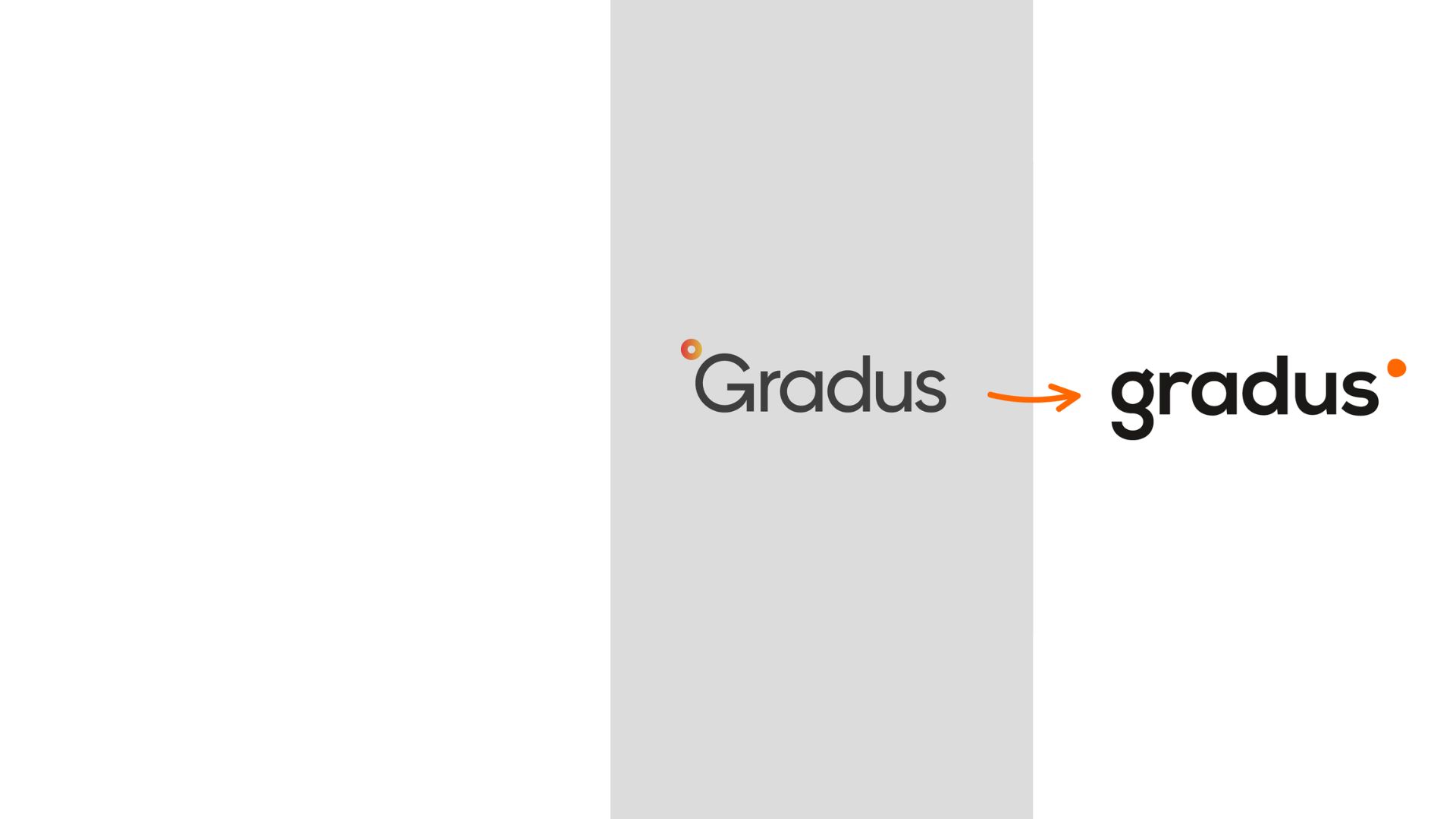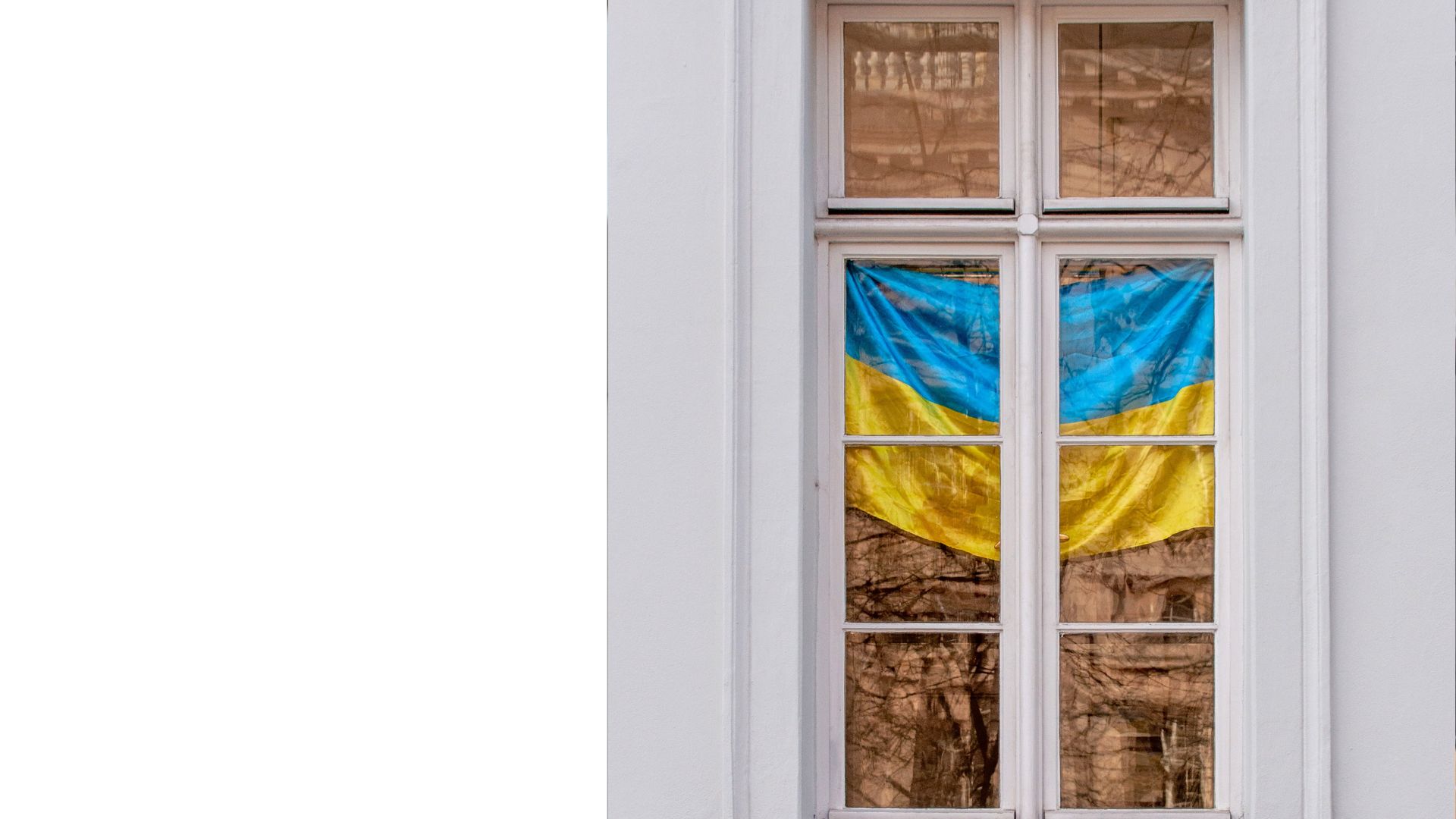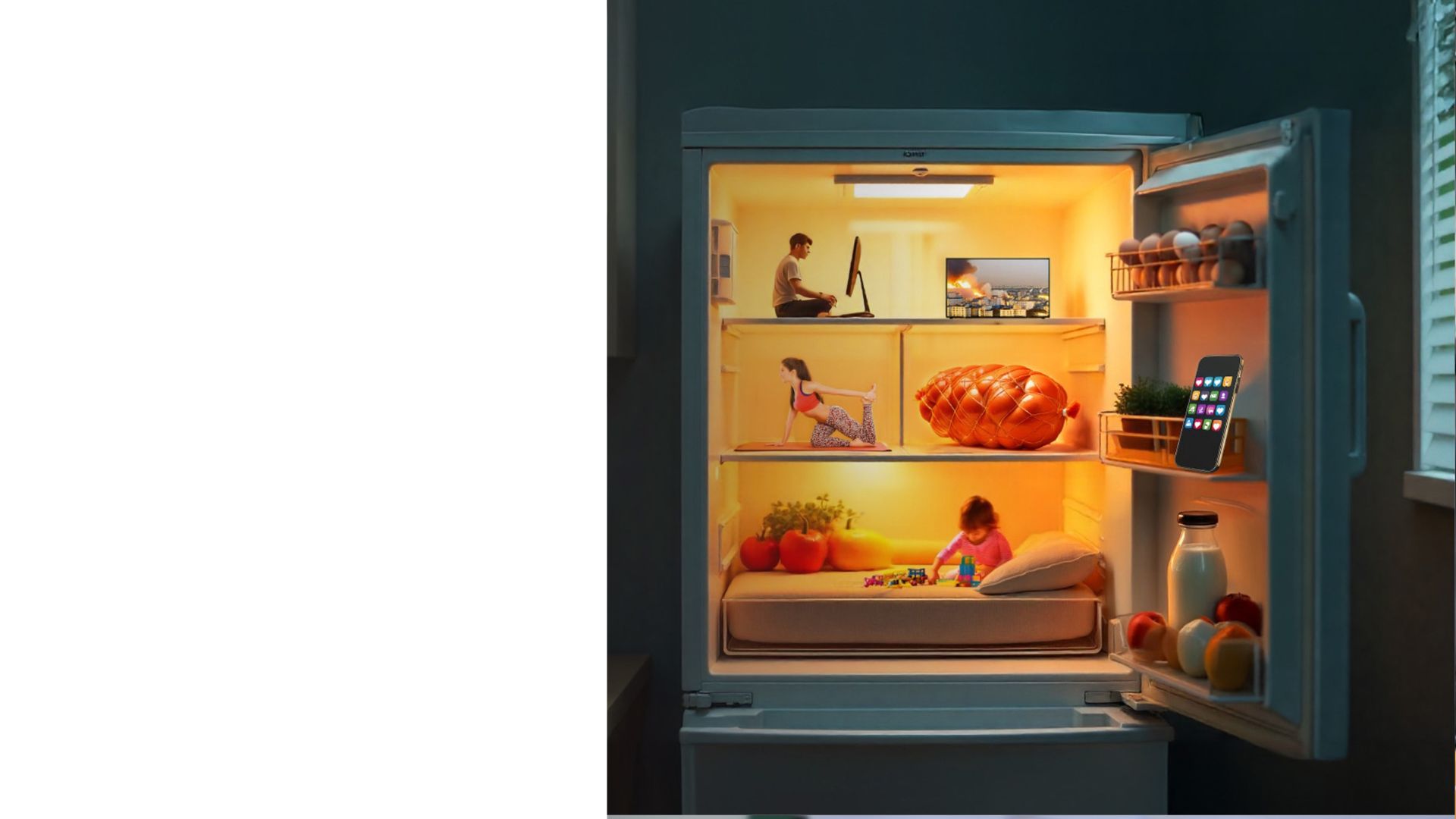Ukrainians are increasingly choosing to consume news in video format

The media menus of Ukrainians, as well as their habits of searching for and viewing content, have been actively changing since the start of the full-scale war. A new wave of media consumption research in Ukraine, conducted by Gradus Research in October 2023, shows an increase in video news viewing and a stable primacy of messengers. The data are analyzed in dynamics, compared to the results of a similar survey in March 2023.

Messengers remain the most popular media for news consumption in Ukraine (70%). In addition, respondents increasingly prefer Youtube (56%), compared to March 2023 (50%). The importance of television as a news channel has also increased (42% vs. 38%). The fact that Ukrainians are increasingly choosing video content may indicate fatigue from reading news and the growing popularity of video blogs or news TV programs or talk shows. This can also be explained by the fact that at the beginning of the war, people preferred to receive the most up-to-date information that could be issued in a text format the fastest. Now, when the events are unfolding more moderately, people are ready to wait for more visual formats, such as video, rather than consume fast formats.
As for the consumption of entertainment content, Youtube holds the lead - it is chosen by 65% of Ukrainians (in March, their share was 64%). It is followed by social networks (56%) and messengers (47%). Although online TV and online cinemas are not among the top three media channels chosen by Ukrainians, their popularity remains stable (22% in October, 20% in March 2023). This indicates a trend toward more and more digitalization of entertainment viewing. There have been no major changes in the consumption of entertainment content on TV (29% and 27% in March and October 2023, respectively).
"The second wave of the media consumption study primarily helped to identify which content consumption habits have already been established among Ukrainians since the beginning of the war. "Fast" media, which can be accessed from a smartphone, are increasingly used for both news and entertainment. In addition, interest in news video content on Youtube has grown significantly," said Yevheniia Blyzniuk, sociologist, founder and CEO of Gradus Research.
Content and structure of the study
Consumption of media content categories (news, feature films, TV series, comedy shows, reality shows, etc.)
Channels of consumption of news media content (messengers, social networks, TV, YouTube, OTT/IPTV, etc.)
Channels for consuming entertainment media content (messengers, social networks, TV, YouTube, OTT/IPTV, websites, radio, etc.)
Technical devices used to view content
Use of messengers
Use of social networks
Watching TV channels
Consumption of OTT/IPTV services
Paid subscription to OTT/IPTV services
All questions are presented by gender, age, region and type of settlement
All questions are presented in the dynamics of the 1st wave (March 2023)
Acquisition and use of data
Format of the report: Analytical report in *.pdf
Usage: Exclusive rights to the results belong to Gradus Research. The customer receives the results for internal purposes of the company without the possibility of transferring to third parties and public disclosure of the results in the media, social networks, etc.
Budget when purchasing the 2nd wave (November 2023): 37 600 UAH (excluding taxes)
Budget when purchasing the 2nd wave (November 2023), provided that you have already purchased the 1st wave (March 2023): 18 800 UAH (excluding taxes)
To purchase the report: send a request to ai@gradus.app
The survey was conducted by Gradus Research using a self-administered questionnaire in a mobile application. The Gradus online panel reflects the population structure of cities with more than 50 thousand inhabitants aged 18-60 by gender, age, settlement size, and region. The field period is 2023: Wave 1 - March 16-18. Sample size: 1102 respondents. Wave 2: October 27-30. Sample size: 1032 respondents.
Other reports
-
 Consumer pragmatism: how war has changed our consumption habitsDecember 2025Special survey in partnership with Vogue Ukraine
Consumer pragmatism: how war has changed our consumption habitsDecember 2025Special survey in partnership with Vogue Ukraine -
 In a new light: Gradus presented its new identity and positioningDecember 2025The rebranding included an updated identity and a new positioning , created in collaboration with Netpeak Agency
In a new light: Gradus presented its new identity and positioningDecember 2025The rebranding included an updated identity and a new positioning , created in collaboration with Netpeak Agency -
 Ukrainians view Trump’s peace plan as unworkableNovember 2025A special survey shows that Ukrainians are skeptical and don't accept 28 points of Trump's peace plan.
Ukrainians view Trump’s peace plan as unworkableNovember 2025A special survey shows that Ukrainians are skeptical and don't accept 28 points of Trump's peace plan. -
 Digital ethnography of Ukrainians 2025November 2025What does everyday life look like for Ukrainians in 2025?
Digital ethnography of Ukrainians 2025November 2025What does everyday life look like for Ukrainians in 2025?





